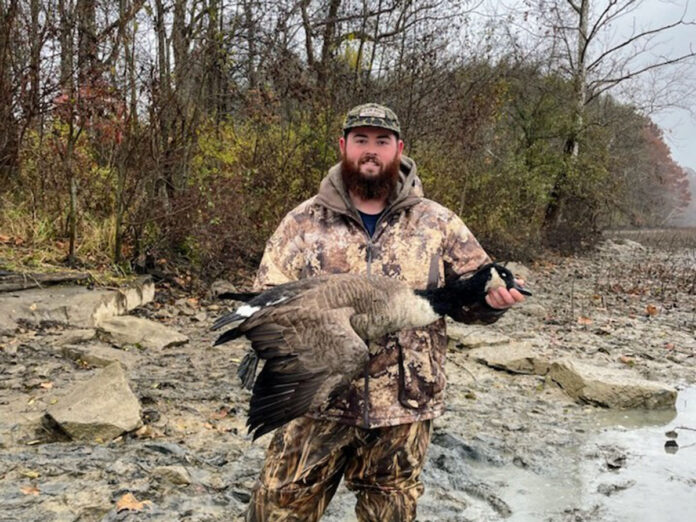
Waterfowl hunting season is in full swing in Ohio. As of Dec. 10, all three of Ohio’s waterfowl hunting zones are open to hunt ducks, coots, mergansers and geese.
Waterfowl hunting is a time-honored tradition that Ohio hunters have always enjoyed. But waterfowl hunting looked different 100 years ago.
In the early 1900s, commercial hunting and habitat loss were a growing concern. If the lack of waterfowl conservation continued, early conservationists knew that waterfowl wouldn’t be around for future generations to enjoy. Those early concerns triggered new regulations, the formation of state and federal wildlife agencies and organized public efforts to better manage habitat.
The first step towards better waterfowl management came in 1903 when the National Wildlife Refuge System was established by President Theodore Roosevelt. He recognized the need to protect habitat and set it aside specifically for the sake of wildlife.
In 1918, the formation of The Migratory Bird Treaty Act expressly forbid the sale of wild waterfowl. This law stopped market hunting and helped prevent the overharvest of waterfowl. This was followed in 1934 by the Migratory Bird Hunting and Conservation Stamp Act, which declared that funds derived from the sale of federal duck stamps could be used only for the acquisition of land for the National Wildlife Refuge System.
Since the act’s passage, sales of the stamp have generated over $750 million, which has conserved more than 5.3 million acres of waterfowl habitat.
If not for the duck hunters of previous generations, the sport of waterfowl hunting would likely be very different than it is today.
Currently, in Ohio, hunters can harvest up to six ducks, five geese, five mergansers, and 15 coots per day during the regular season. These current bag limits are a far cry from the two-duck bag limits hunters faced 60 years ago.
Thankfully due to the efforts of past and current conservationists, waterfowl hunting will live on for years to come.












